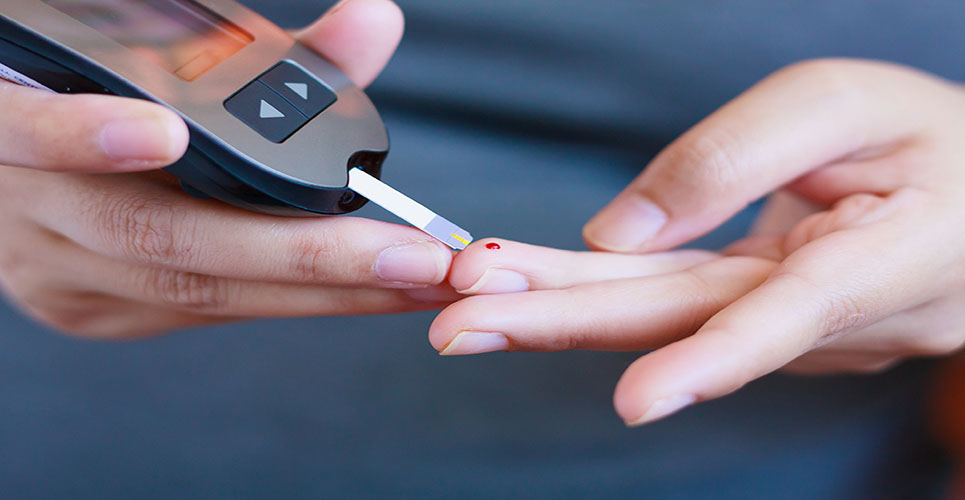teaser
Magalie Baudrant
PharmD
Pharmacist
Benoît Allenet
PhD
Pharmacist
Serge Halimi
Jean Calop
Pharmacy Department
ThEMAS TIMC-IMAG (UMR CNRS 5525)
Joseph Fourier University
Endocrinology and Diabetes Department
CHU Grenoble
France
E:[email protected]
Patients living with a chronic disease develop knowledge, perceptions and behaviour related to their illness. Several studies have shown that adherence rates for inpatients with chronic disease were 50% at most.(1) Adherence to treatment determines the efficacy, safety and effectiveness of the drug treatment. Among the strategies to enhance adherence, empowering the patient through therapeutic education seems promising. Therapeutic education aims for the active patient to acquire “knowledge”, “skills” and “wellbeing”. D’Ivernois and Gagnayre described the process of therapeutic education according to four stages:(2)
- Educational interventions should be meaningful to the patient, learner-centred to incorporate the patient’s needs and tailored to the patient’s cultural references. Both patient and people supporting him/her (carers and family) should be actively involved.
- The patient should receive information that allows his/her participation in goal-setting for treatment.
- Patient and health professionals should define educational objectives and choose appropriate teaching contents and methods to reach the objectives.
- The final step should be an evaluation of the benefits of the educational programme.
According to Bruttomsso et al, education programmes targeting procedural knowledge are more likely to have long-lasting effects than declarative knowledge. Dealing with procedural knowledge, the educator needs to identify inadequate answers and consider tailored solutions for each patient.(3)
In this context, we made the hypothesis that patients can develop a “strategy of action” when facing disease-related events and, therefore, become experts of disease management in daily life. That is why we analysed patients’ activity and identified different strategies of action. Our objective was to assess the relevance and feasibility of patients’ activity analysis as an indicator of “competence development”.
Methods
A prospective qualitative study was carried out. Nine outpatients presenting with type 2 diabetes mellitus and with diverse profiles (sex, age, social characteristics, age of diagnosis and treatment) were selected: five men and four women; average age 60 years; all categories of diabetic drugs represented; and recently diagnosed or diagnosed several years ago.
Data were generated through face-to-face interviews and activity portfolio. Three themes were introduced to extract the strategy of action when facing disease or drug-related events:
- What triggered the event?
- Did you need help (from family, peers,experts, etc)? Did you need specific information (internet, books, etc)?
- How did you choose to react?
Interviews were carried out at the patient’s home by the same person. The average length of interviews was 30 minutes. In the portfolio, the patient gathered data on any diabetes-related event in the week before the interview was scheduled.
Interviews were transcribed. Qualitative discourse analysis was performed in order to classify types of events faced by patients and their management, based on professional didactics models.(4–6)
Main results
An example of a patient verbatim showing the model for the structure of a strategy of action is represented in Box 1.
[[HPE28_box1_92]]
Three independent raters then coded these interviews into predefined categories of events – or “problem situation” [If] and actions [Then]. We used the kappa test to evaluate concordance between raters.(7) Twenty-four classes of events and 445 strategies of action were identified. We found good concordance between classes and strategy of action (K=0.79; p<0.01).
Perspectives
The operational objective of this work is to use this material to build up a tool for therapeutic education with a problem-based learning format. Starting from our classification, six kits were defined for patient education, structured for problem-based learning:
- My representation of the disease and of its treatment.
- What do I know and how can I get the information?
- My reaction to the symptoms of diabetes.
- The management of my drug treatment.
- The management of my diet.
- The monitoring of my blood glucose and potential complications.
In order to use these kits in daily routine, we defined a procedure:
- The educator, based on the patient’s narrative, can identify with the patient some management problems.
- The educator and patient choose the relevant kit.
- The patient examines different “problem situation” descriptions related to his/her specific problem, looks for resources and solutions and finally proposes his/her tailored strategy to the educator.
- The two actors finally build up an agreement on the relevance and the feasibility of the patient’s proposition.
Conclusion
The case-based training system offers a new tool for management of chronic disease. This new training tool uses patients’ real-life experiences for learning. It is created by patients for patients, with a level of language more acceptable than a professional one. This tool must be upgraded and diversified with new narratives from patients (new situations, new problem-solving solutions).
The next step will be to test this tool during individual or groups sessions for patients identified with problem of adherence with medication regimen.
References
- Sackett DL, Haynes RB. Compliance with therapeutic regimens. Baltimore: John Hopkins University Press Eds; 1976.
- D’Ivernois JF, Gagnayre R. Learning how to educate patients. Teaching approach. 2nd ed. Paris: Maloine; 2004.
- Bruttomsso D, Costa S, Dal Pos M, et al. Educating diabetic patients about insulin use: changes over time in certainty and correctness of knowledge.Diabetes Metab 2006;32:256-61.
- Mayen P. Situations and development of competences. Education 1999;2(139):65-86.
- Vermersch P. The clarification interview. Educational tools. Paris: ESF; 2003.
- Pastré P. Professional didactic and development.Fr Psychol 1997;42-I:89-100.
- Cohen J. A coefficient of agreement for nominal scales. Educ Psychol Meas 1960;20:27-46.

